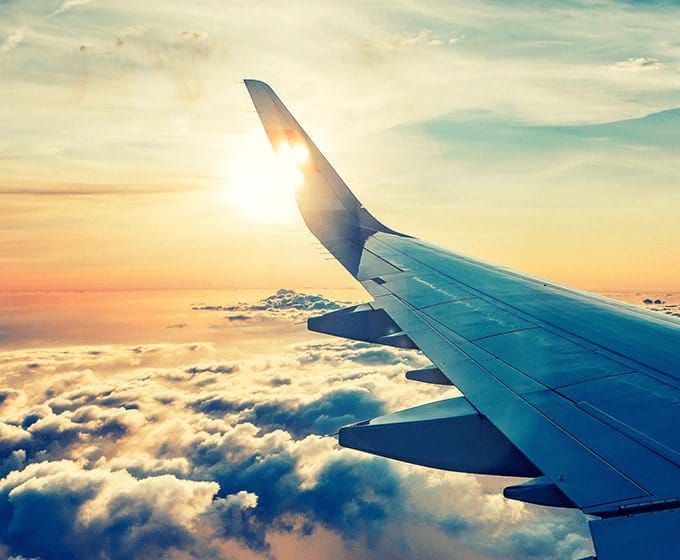A UTSA researcher is examining how the flight routes people take to get to tourist destinations impact the amount of pollution in the air in a newly published study he coauthored in the Annals of Tourism Research.
“This paper provides one of the first efforts to quantify the carbon emissions associated with tourist air travel in the continental United States,” explained Neil Debbage, assistant professor of geography and environmental sustainability in UTSA’s Department of Political Science and Geography.
The researchers wanted to know whether nonstop routes to tourist destinations can mitigate air travel carbon emissions compared to connecting routes through big airline hubs.
Using International Civil Aviation Organization data, USTA researchers analyzed carbon emissions for direct and connecting routes between the 10 most-populated metropolitan areas in the northeastern United States (New York, Philadelphia, Boston, etc.) and 13 different tourist destinations located in the Sunbelt and Western regions of the United States (Bexar County, Texas; Los Angeles County, California; Miami-Dade County, Florida; etc.).
Some of the key findings:
- Nearly half of the routes analyzed exceeded an individual’s annual mobility carbon budget for all forms of transportation.
- Direct routes tended to outperform connecting routes regarding carbon emissions.
- On average the difference between direct and connecting routes was equivalent to operating a refrigerator for an entire year (or roughly 100 carbon dioxide kg/person).
- The majority of direct routes in the database generated carbon emissions below the 575 carbon dioxide kg/person annual mobility cap.
“One potential tactic to mitigate the carbon footprint associated with tourist air travel is to select nonstop routes whenever possible,” replied Debbage, who worked on the paper with Keith G. Debbage, professor of geography at the University of North Carolina at Greensboro.
The researchers said they hope this paper will help policymakers consider making new initiatives that accelerate technological innovations regarding aircraft fuel usage, jet engines and jet fuel. Additionally, they also emphasized the importance of broader structural shifts such as implementing realistic carbon pricing for air travel.
Neil Debbage’s research focuses on climate change, natural hazards and resiliency. He utilizes geographic information systems, statistical modeling and numerical weather modeling to better understand the changing climate at various scales. Read the study and learn more about Neil Debbage’s research.
If our reporting has informed or inspired you, please consider making a donation. Every contribution, no matter the size, empowers us to continue delivering accurate, engaging, and trustworthy science and medical news. Independent journalism requires time, effort, and resources—your support ensures we can keep uncovering the stories that matter most to you.
Join us in making knowledge accessible and impactful. Thank you for standing with us!

